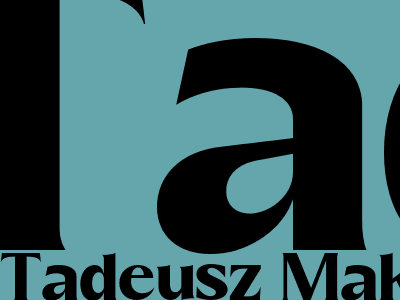Tadeusz Makowski: A Glimpse into the Life and Art of a Polish Master
Early Life and Artistic Influences
Tadeusz Makowski was born in Warsaw, Poland, in 1882. His early life was marked by a deep passion for art, which he developed under the guidance of his father, a renowned painter. Makowski's artistic influences included the works of Cézanne, Van Gogh, and Gauguin, whose post-impressionist styles would shape his own artistic journey.
Parisian Period and Fauvism
In 1904, Makowski moved to Paris, the heart of the avant-garde art scene. He became a member of the Fauvist movement, known for its bold use of color and expressive brushwork. Alongside Henri Matisse and André Derain, Makowski experimented with vibrant hues and simplified forms, creating works that captured the vibrancy of urban life.
Return to Poland and Artistic Evolution
In 1914, with the outbreak of World War I, Makowski returned to Poland. His experiences during the war deeply influenced his art, leading him to explore themes of social injustice and the human condition. His palette became more somber, and his brushstrokes more deliberate, reflecting the complexities of his wartime experiences.
Later Years and Recognition
After the war, Makowski continued to paint and exhibit extensively in Poland and abroad. His work gained increasing recognition, and he became one of the most celebrated Polish painters of his time. His later works often depicted scenes of everyday life, imbued with a sense of nostalgia and a deep understanding of the human experience.
Legacy and Impact
Tadeusz Makowski passed away in 1962. His legacy as a major figure in Polish art continues to inspire generations of artists. His bold experimentation with color and his ability to capture the essence of the human condition have made him an iconic figure in the history of art.

Comments